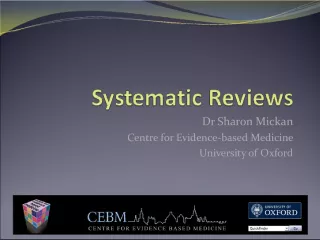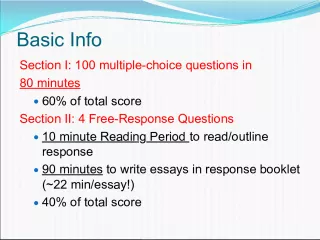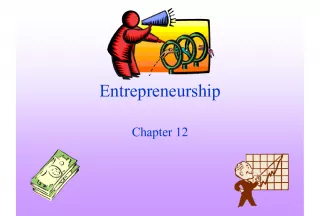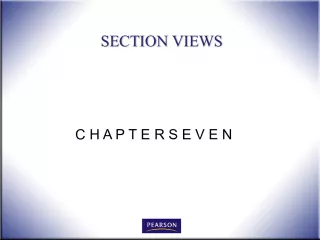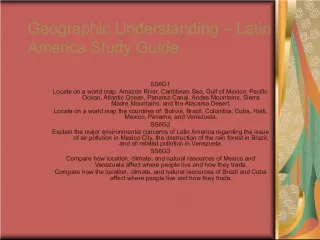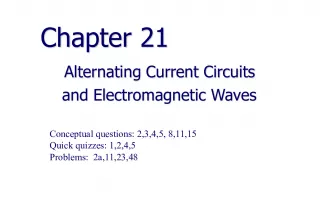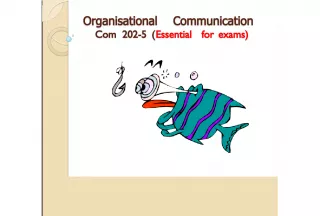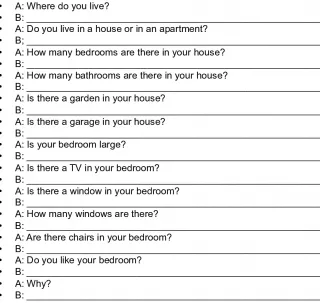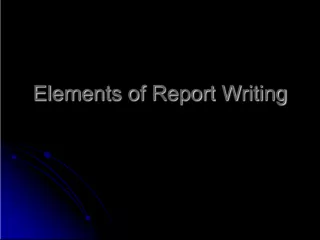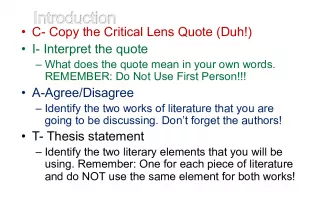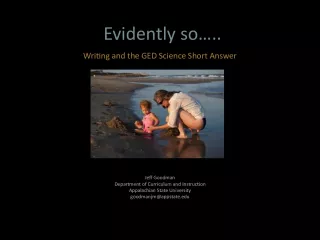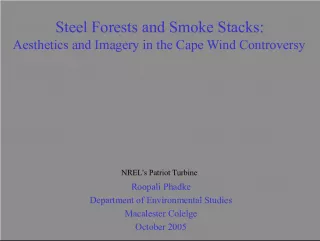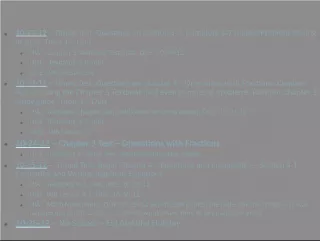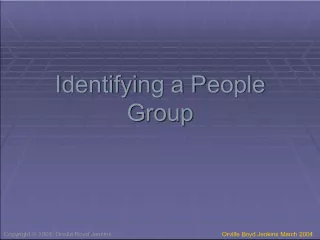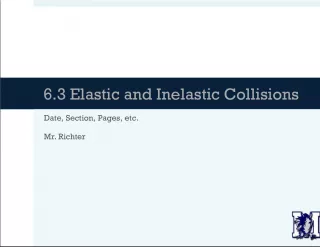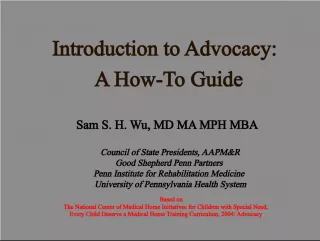T Cap Study Guide: Section 1 - Identifying Testable Questions
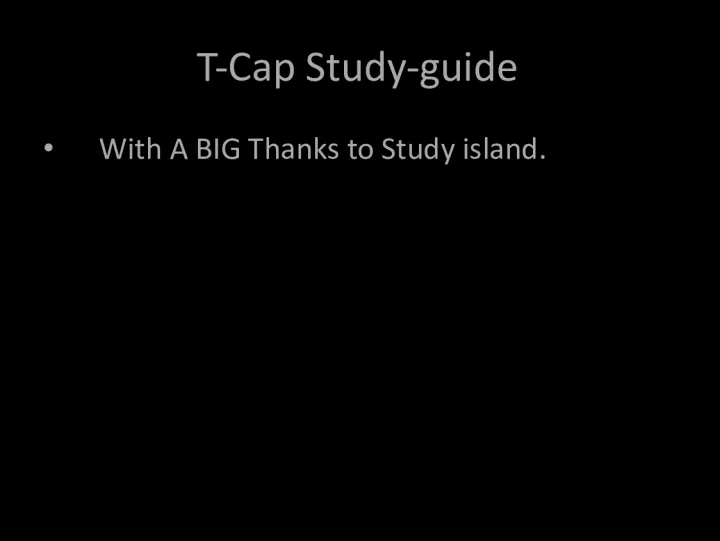

This study guide, created by Holden Bledsoe with a big thanks to Study Island and Inquiry TechStu, focuses on Section 1 - identifying
- Uploaded on | 4 Views
-
 brian
brian
About T Cap Study Guide: Section 1 - Identifying Testable Questions
PowerPoint presentation about 'T Cap Study Guide: Section 1 - Identifying Testable Questions'. This presentation describes the topic on This study guide, created by Holden Bledsoe with a big thanks to Study Island and Inquiry TechStu, focuses on Section 1 - identifying. The key topics included in this slideshow are . Download this presentation absolutely free.
Presentation Transcript
Slide1T-Cap Study-guide• With A BIG Thanks to Study island.
Slide2Inquiry/techStu Guide By Holden Bledsoe Section
Slide3•1. Identify a testable question • A testable question is one that can be answered by performing an investigation. Questions about opinions and emotions generally do not make good testable questions for experiments, although some information can be gathered about opinions by performing a survey.
Slide4•2. Research the topic • Before an investigation can go any further, some basic research about the topic must be done. Research can include making observations about things in nature, asking an expert, or looking in books and on the Internet.
Slide5•3. Form a hypothesis • A hypothesis is a possible answer to a scientific question and is based on gathered information. In science, a hypothesis must be testable. This means that it must be possible to carry out the investigation and to gather evidence that will either support or disprove the hypothesis.
Slide6•4. Design an experiment to test the hypothesis • An experiment must be designed to test the hypothesis. All factors that can change in an experiment are called variables. The manipulated (independent) variable is the one factor that is changed by the person doing the experiment. The responding (dependent) variable is the result of changing the manipulated variable. A fair test is an experiment or comparison in which only one variable is changed or tested.
Slide7•5. Collect the data • A controlled experiment produces data. Data are things, such as facts and measurements, that are gathered by making observations during the experiment. • Observations involve the senses of sight, hearing, touch, and smell. Often, scientists use tools, like microscopes, that increase the power of their senses or make their observations more precise. • Data can be recorded by writing or drawing in a notebook. Data can also be recorded by using computers, cameras, videotapes, and other tools. Using tables to record data can help organize observations neatly.
Slide8•6. Interpret the Data • When an experiment is finished, the data from the experiment should be analyzed. Organizing data in tables, charts, and graphs makes it easier to see patterns and any relationship of one variable to another.
Slide9•7. Explain Results • After gathering and interpreting data, conclusions should be made about what happened when the manipulated variable was changed.
Slide10•8. Compare results to the hypothesis • The results of the experiment should be compared to the original hypothesis. Do the results support the hypothesis? Do they disprove the hypothesis? Hypotheses should not be thought of as right or wrong. Something is usually learned from the experiment, even if the results are not what was expected.
Slide11•9. Communicate the findings • The results, analysis, and agreement (or disagreement) of the findings with the original hypothesis should be communicated to others. Communicating results helps people learn from one another.
Slide12Biomes• Guide By Holden Bledsoe I will be showing some of the main biomes.
Slide13Savannah• A Savannah is a dry tropical grassland where trees are present but more widely scattered than in most rainforest ecosystems. The savannah climate has a temperature range of 68° to 86°F. Savannahs receive around 125 centimeters of rain every year, with most of the rain falling during the summer. Zebras, giraffes, lions, and acacia trees are found in the savannahs of Africa.
Slide14Desert• The climate of deserts is very hot and dry. The amount of precipitation in these areas is less than the amount of water that could potentially evaporate. Deserts get less than 25 centimeters of rain every year. Desert plants and animals are adapted to store water and withstand year-round hot temperatures
Slide15Tropical Rainforest• The climate of a tropical rainforest is hot and wet. Heavy rainfall (around 150 cm per year) and year-round warm temperatures make it very humid. This climate is found near the equator. A tropical rainforest is very dense with lots of large trees that block out sunlight. Very little sunlight reaches the rainforest floor .
Slide16Tundra• The tundra has very low temperatures and very little precipitation. Winters in the tundra are long and extremely cold; summers are short, mild, and cool. The animals living in tundra ecosystems have adaptations that allow them to stay warm in the very low temperatures. For instance, Arctic foxes, grizzly bears, and ermines (a kind of weasel) all have thick fur that protects them from the cold.
Slide17Moon Phases Study Guide By Holden Bledsoe
Slide18•The Sun shines on exactly one-half of the Moon, except during a lunar eclipse. From Earth, we can generally see only the part of the Moon that is lit by the Sun. As the Moon orbits the Earth (once about every 28 days), the amount of the lighted half of the Moon that we can see from Earth changes. These changes give us the phases of the Moon. The Moon makes one complete cycle every 29 1/2 days.
Slide19Definitions• New Moon - The phase that results when the Moon is on the same side of the Earth as the Sun. During New Moon, the entire lighted surface of the Moon is facing away from the Earth. Therefore, the Moon is invisible from the Earth. • Crescent Moon - A Crescent Moon looks less than half full, but not completely dark. • Quarter Moon - A quarter Moon is when half of the side of the Moon facing Earth is lighted and the other half is dark. There are two quarter moon phases in a cycle. • Gibbous Moon - A gibbous Moon looks more than half full, but not completely full. • Full Moon - The phase that results when the Moon is on the opposite side of the Earth as the Sun. During the Full Moon, the entire lighted surface of the Moon is facing the Earth. Therefore, the Moon appears brightest on Earth during this phase.
Slide20Eclipses• Study guide by Holden Bledsoe
Slide21Solar• During a solar eclipse, light from the Sun is blocked out of view for a certain part of the Earth by the Moon. During a solar eclipse, the order of the Sun, Earth, and Moon looks like the following.
Slide22Lunar• During a lunar eclipse, light from the Sun is kept from reaching the Moon because it is blocked by the Earth. During a lunar eclipse, the order of the Sun, Earth, and Moon looks like the following.
Slide23Earth time• A Study guide by Holden Bledsoe
Slide24•The way we tell time on Earth is based on the movement of the Earth and Moon in space. The three main units of time derived from these movements are the day, month, and year. • Day - The day is based on the rotation of the Earth. The Earth makes one complete rotation every day. It is the rotation of the Earth that causes changes from night to day. • Month - The month is based on the revolution of the Moon around the Earth. The separation of the days in our year into months is based on the amount of time it takes the moon to revolve around the Earth. It actually takes about 27.3 days for the Moon to make one revolution around the Earth. • Year - The year is based on the revolution of the Earth around the Sun. It takes about one year for the Earth to make one revolution around the Sun.
Slide25Planets• Study guide by Holden Bledsoe
Slide26•If you look at the night sky regularly during a year, you will notice small disks that change in brightness and position against the background of other stars. The Greeks called these wandering stars planets. We know that there are 8 official planets in our solar system (shown below): The inner planets (Mercury, Venus, Earth, Mars) and the outer planets (Jupiter, Saturn, Uranus, Neptune). The inner planets each orbit the Sun in less than 2 years, but the outer planets take from 12 to 164 years each to orbit the Sun.
Slide27Weather Practice• Guide by Holden Bledsoe
Slide28Clouds-Cumulus• The amount of moisture in the air affects the weather. Moisture in the air is water in the gas form, which is also called water vapor . Water vapor can condense into clouds . There are several different kinds of clouds. Some kinds hold huge amounts of liquid water that can fall to Earth as rain, hail, snow, or sleet. Cumulus clouds are tall and puffy. When sunlight hits these clouds, they are bright white. They are known as "fair-weather clouds."
Slide29Clouds-Stratus• In stratus clouds, water droplets collect at low altitudes into flat shapes like pancakes. The "pancakes" can be thick or thin. They often bring drizzling rain.
Slide30Clouds-Cirrus• In cirrus clouds, water droplets collect to form thin curves with no clear shape. Cirrus clouds are found high in the sky (at about 18,000 feet or above). These feathery clouds are often seen on bright, sunny days.
Slide31Clouds-Cumulonimbus• The cumulonimbus clouds can't hold all their water droplets. These drops can become so heavy that they fall as rain, snow, or hail. These clouds look tall, puffy, and gray. They may bring thunder and lightning. In fact, rain storms most often come from cumulonimbus clouds.
Slide32Thanks for reading/watching!•
